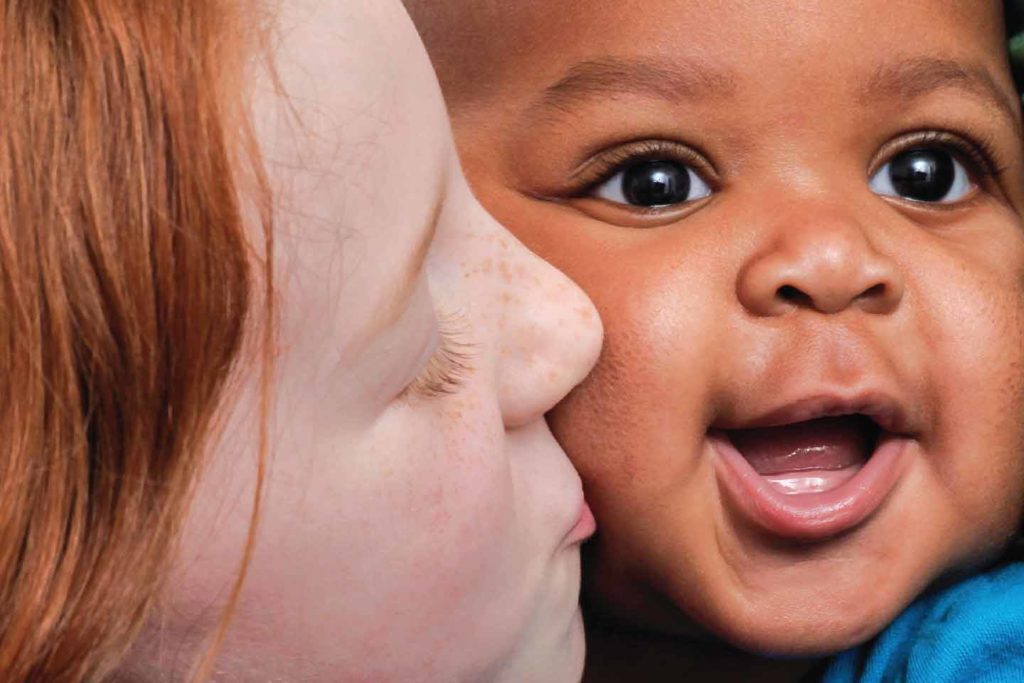Before It Starts
Defined as “a preconceived opinion that is not based on reason or actual experience,” prejudice is one of the biggest barriers to healthy relationships. Children often learn prejudice from adults or their peers, but is there any way to counteract it?
Julie Baumgardner, president and CEO of First Things First, weighs in.
Among the many skills we teach our children as they grow, one of the most critical is the ability to value and appreciate differences in others. Here are some practical ways you can teach your kids to celebrate diversity and learn to interact positively with others.
Expose them to diversity. Be intentional about introducing your children to a variety of experiences and cultures. Provide opportunities for them to take in different languages, accents, styles of music, and even foods. To help them see that not everyone looks the same, buy toys and dolls with varying skin tones, and markers with different skin colors to bring diversity to their art projects. Read books to your children about all kinds of differences, and explain to them the saying that goes, “If two people were exactly alike, one of them would be unnecessary.”


Encourage engagement. Prejudice is reinforced when people are avoided. Stress to your kids the importance of getting to know people instead of perpetuating stereotypes. Model it for them by engaging people of different ethnicities, abilities, and ages, and if your child has questions, answer them honestly and compassionately.
Discourage staring and pointing, and encourage understanding, eye contact, and conversation. Teach them the golden rule – treat others the way you want to be treated – and challenge them to speak words that build others up instead of tearing them down.
Look for teaching moments. Since children are naturally curious about the world around them, we as adults have countless opportunities to teach them that all people have value regardless of skin tone, social status, or physical limitations. You can even use something as simple as a garden walk to illustrate the concept of diversity. Explain to your kids that, while the flowers have different colors and shapes, one flower is not “better” than another. They are all beautiful.
With intentional guidance, caring adults can help set the stage for good relationships in a child’s life. Understanding, appreciation, and acceptance thrive when the proper seeds are planted and nourished. To see the fruit of healthy interactions later, prepare the soil of their hearts early – and as always, be the kind of person you want them to become.



Julie Baumgardner MS, CFLE
President and CEO, First Things First

